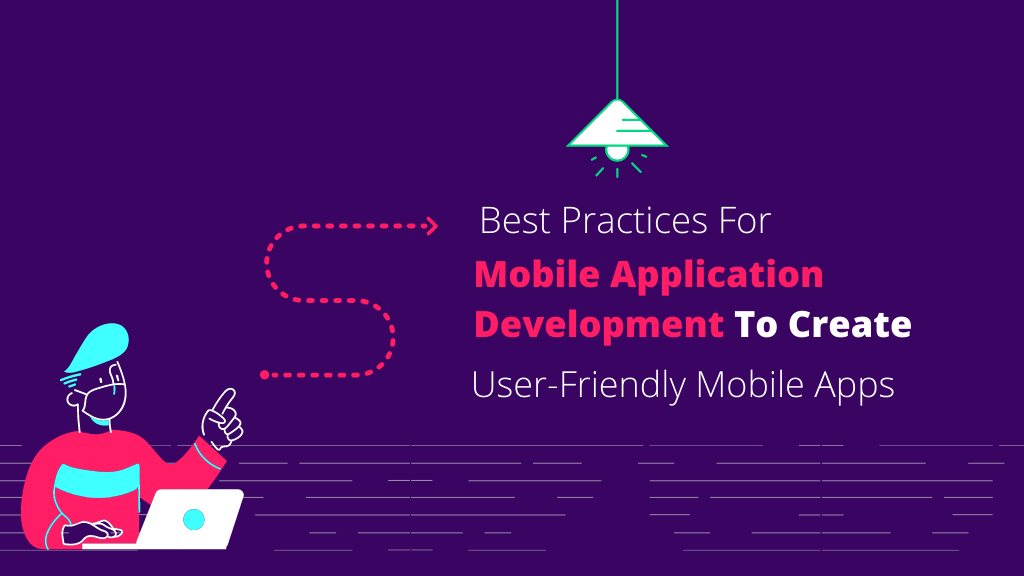
While working on all of the app projects we’ve been involved with over the years, one persistent tendency I’ve seen is that mobile app development is like delving into a black box, particularly if you don’t know how to code.
It’s critical to understand precisely what it takes to construct a mobile application for your small to the medium-sized company before you begin the development process. According to recent research, about one in every five small and medium-sized businesses (SMBs) have presently developed or plans to develop a mobile application.
Mobile use statistics convey a compelling tale for firms who are still on the fence about adopting mobile technology:
- More than half of all time spent viewing digital media is spent on mobile applications, according to research.
- On average, smartphone users spend 90 percent of their mobile time interacting with applications.
- Consumers prefer native mobile applications over mobile websites by a margin of 85 percent.
- For Fortune 500 firms, mobile applications account for 42 percent of all mobile sales in the United States.
- Each customer has around thirty applications loaded on their mobile devices and spends approximately 35 hours each month utilizing them.
Mobile application development is no longer seen as a means of remaining one step ahead of the competition. Because of their common adoption, apps have evolved into a tool for staying competitive and not falling behind.
If you are an entrepreneur or the owner of a small or medium-sized enterprise (SME), you must not overlook the importance of mobile applications for the growth and development of your company. As a strategy for remaining one step ahead of the competition, mobile app development is no longer deemed necessary. Because of their widespread usage, apps have evolved into a tool for staying competitive and not falling behind the competition.
As an entrepreneur or owner of a small or medium-sized firm, you cannot afford to overlook the importance of mobile applications in the growth and development of your organization.
- Develop a Concept that is centered on the user
The needs of the user must be taken into consideration from the very beginning of the mobile apps development process. Investigating the needs and objectives of the target market will assist in ensuring that the app’s features are in line with their demands and specifications. This will also serve as a blueprint for the approach that will be followed throughout the application development process.
- Concentrate on the local market
It is possible to gradually polish a mobile app and its related business model by concentrating on a smaller market initially, after which the app’s reach may be extended to additional geographical places.
- Recognize and respect your users
This may seem like a basic point, but we see it overlooked far too frequently by app developers owing to a lack of time or impatience: you must get people to test your app before it is made available for general use. These cannot be individuals who were engaged in any way with the creation or development of your product. Rather, they must be independent contractors. What exactly are you going to be testing? The ease with which users are navigating your software, as well as if it is intuitive and does not cause them aggravation. The MVP development process is one method of testing and collecting feedback.
After the beta testing stage, you may gather feedback and make adjustments before launching your app. Social media is a great area to get non-involved thoughts on what can be changed and what they anticipate.
- App development best practices
With so many applications and so few true winners, it pays to emulate the winners. This does not imply imitating anybody, but rather avoiding duplicating the errors of others.
- Accessibility
Usability involves the arrangement of information, aesthetics, programming, as well as other components that allow users to fulfill their objectives inside the app. Help your users by notifying them whether icons may be chosen, tapped, or swiped. Remember that you maintain consistency with gestures across the app to enhance usability. For example, if sliding up deletes an item, ensure sure the same is true for all screens inside the app. Also, take into account the size of links and linkages by keeping them simple to touch and well-spaced to prevent any choosing mistakes.
- Simple Navigation
In contrast to a website, where the navigation bar is normally found at the top of the page, designing a mobile app menu requires a different approach. You’ll want to make certain that the most crucial pages are easy to find. Don’t make your consumers’ lives difficult by using sophisticated navigation bars.
Conclusion
Neglecting the user experience (UX) of a mobile application might result in high user desertion rates and, eventually, negative feedback. Building an interaction-rich experience by hiring the best Mobile App Development Company USA that will encourage customers to return to your app time and time again is critical to avoiding typical mobile app UX errors.